Researchers developed lithium-ion batteries that perform well at freezing cold and scorching hot temperatures, while packing a lot of energy. This could help electric cars travel farther on a single charge in the cold and reduce the need for cooling systems for the cars’ batteries in hot climates.
Tag: Materials Science And Engineering,
Marek Urban develops hose that can repair its own cracks
Marek Urban and his research group at Clemson University have developed a self-repairing hose to dispense hydrogen as part of the nation’s effort to diversify its fuel supply in the face of increasingly dire warnings about climate change.
New $3 million National Science Foundation center aims to connect materials data science research to industry
Case Western Reserve University and the University of Pittsburgh will launch a joint center this fall that uses cutting edge data-science and materials research to help companies make more reliable and durable products.
The Center for Materials Data Science for Reliability and Degradation (MDS-Rely) is a $3 million center supported by a $1.5 million grant from the National Science Foundation (NSF) .
Swiss-cheese design could help scientists harness the power of the sun
The big holes in Swiss cheese help make it a tasty treat. Now, scientists at PPPL are adding tiny, Swiss-cheese-type holes to components to improve the process of bringing to Earth the fusion energy that powers the sun and stars.
Liquid-like motion in crystals could explain their promising behavior in solar cells
Scientists studied the inner workings of a solar cell material using X-ray and neutron scattering. The study revealed that liquid-like motion in the material may be responsible for their high efficiency in producing electric currents from solar energy.
Helping companies use high-performance computing to improve U.S. manufacturing
Argonne is helping U.S. companies solve pressing manufacturing challenges through an innovative program that provides access to Argonne’s world-class computing resources and technical expertise.

Tough, yet tender: Scientists firm up research on durable hydrogels
The new material, which the Advanced Photon Source helped characterize, is strong yet stretchable, and could be ideal for creating artificial tendons and ligaments for prosthetics and robotics.
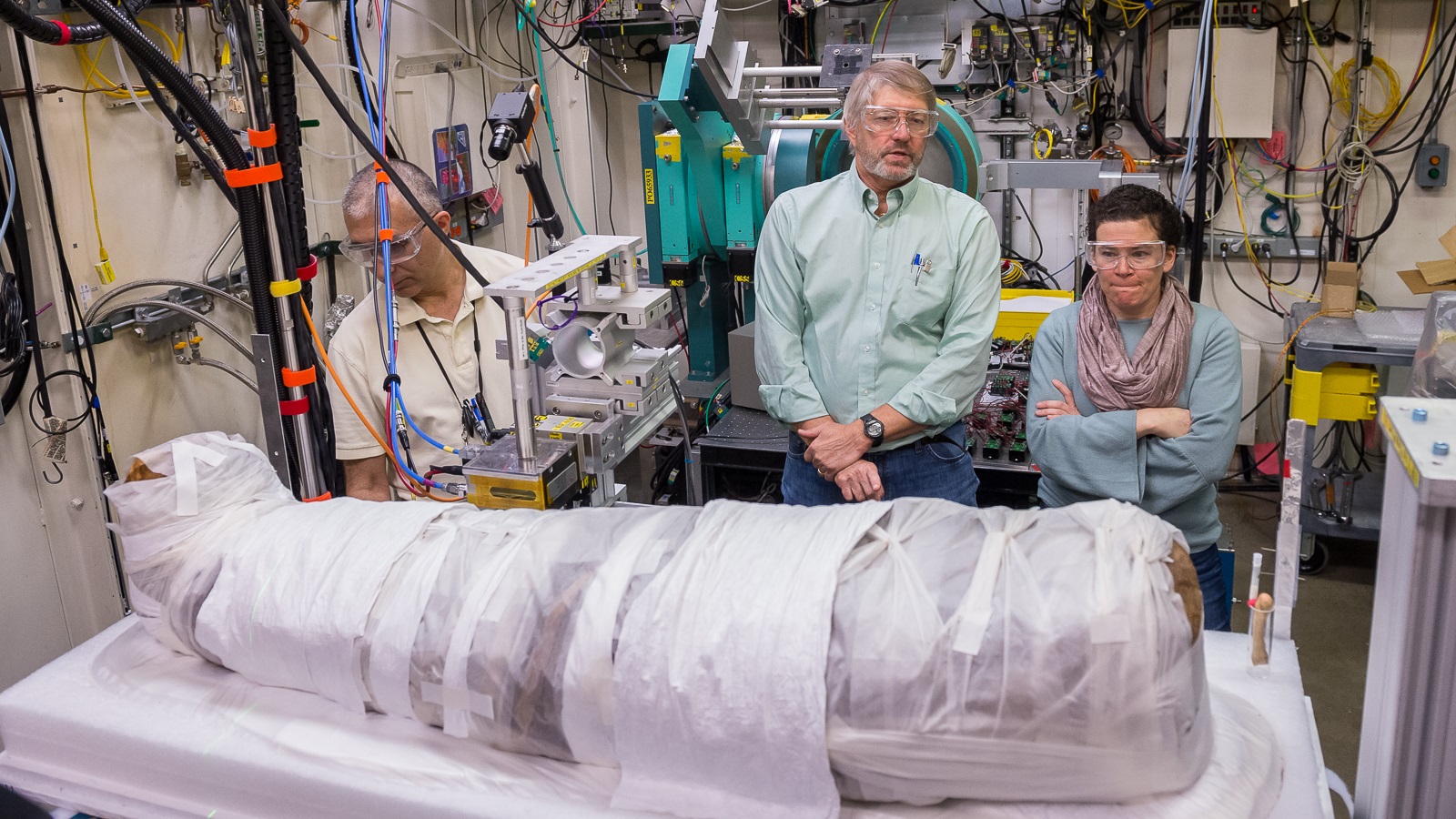
Under wraps: X-rays reveal 1,900-year-old mummy’s secrets
Researchers used the powerful X-rays of the Advanced Photon Source to see the preserved remains of an ancient Egyptian girl without disturbing the linen wrappings. The results of those tests point to a new way to study mummified specimens.
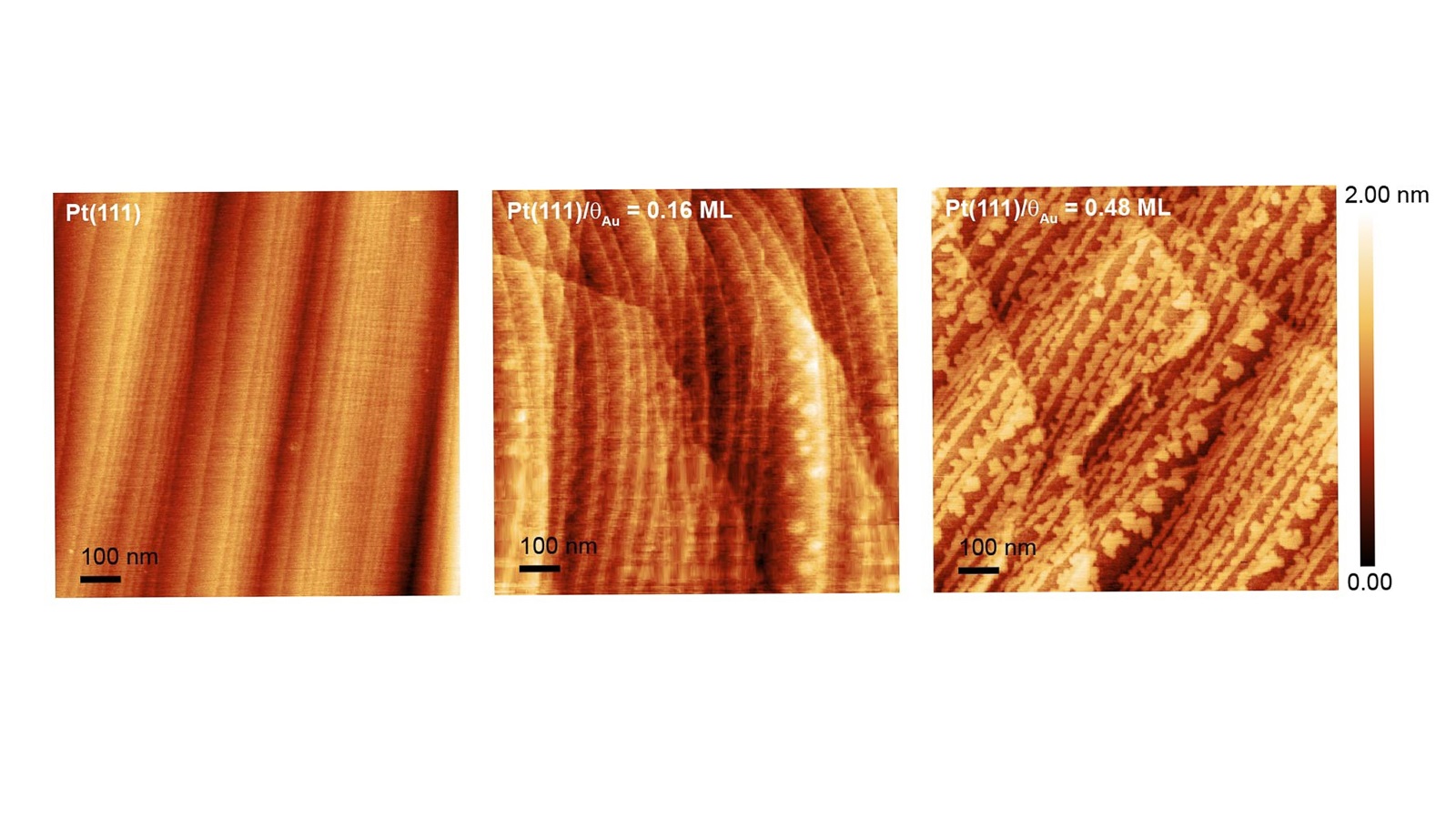
High-precision electrochemistry: The new gold standard in fuel cell catalyst development
As part of an international collaboration, scientists at Argonne National Laboratory have made a pivotal discovery that could extend the lifetime of fuel cells that power electric vehicles by eliminating the dissolution of platinum catalysts.
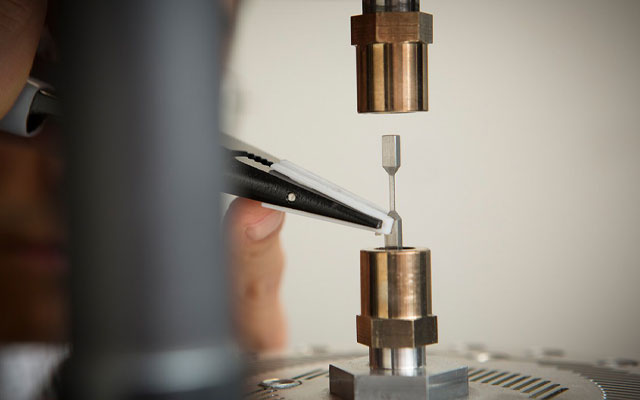
National Science Foundation Funds Development of a Science Gateway for New Materials Discovery
The National Science Foundation has awarded a $1 million Research Advanced by
Interdisciplinary Science and Engineering (RAISE) grant to a multidisciplinary team of researchers at the San Diego Supercomputer Center (SDSC) at the University of California San Diego, the University of Minnesota, Carnegie Mellon University, and Cornell University to create the X-ray Imaging of Microstructures Gateway (XIMG), a science gateway designed to make it possible for global material sciences researchers to study the behavior of new and existing materials using X-ray diffraction.
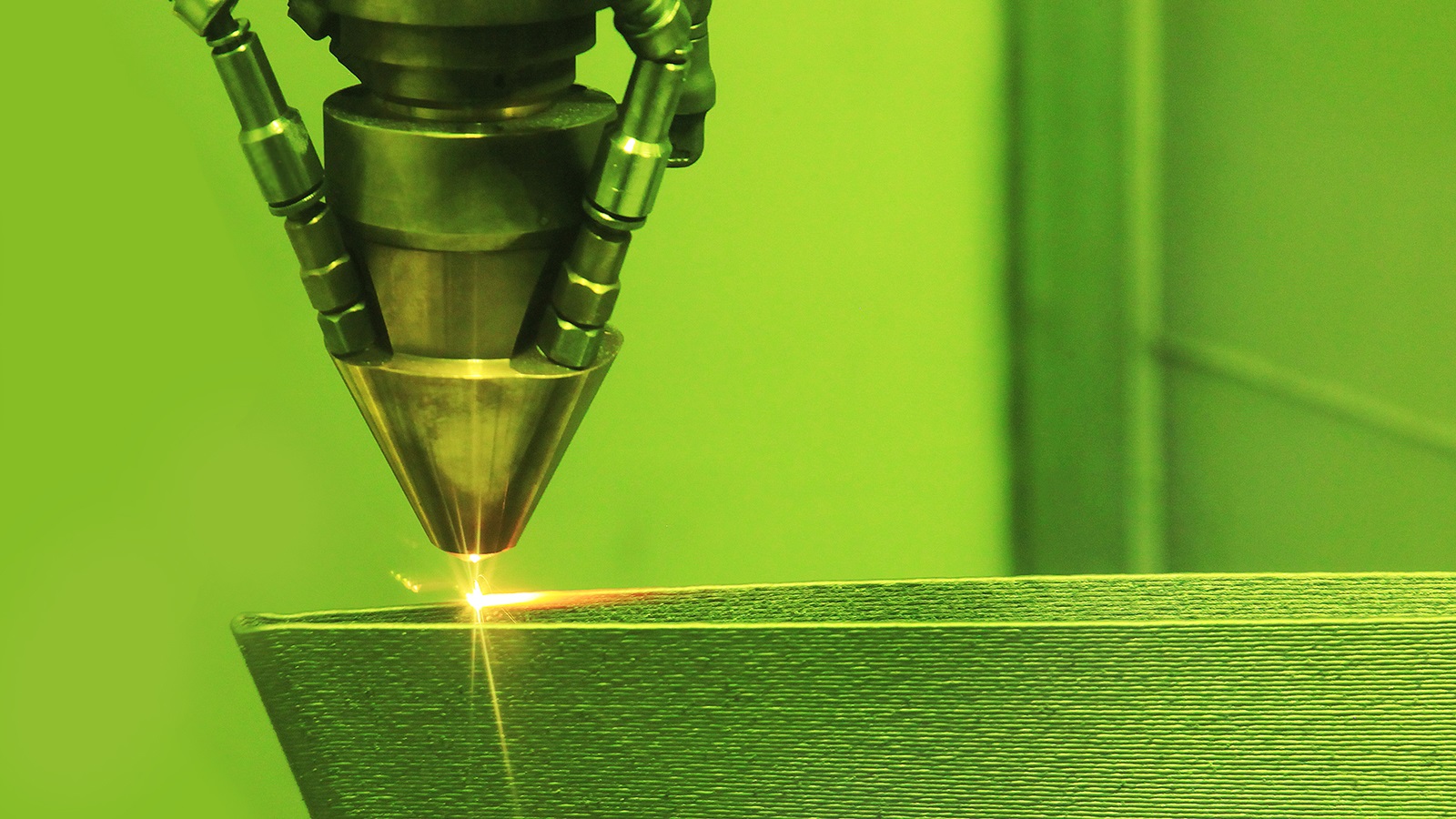
Promising new research identifies innovative approach for controlling defects in 3D printing
Argonne scientists use temperature data to tune — and fix — defects in 3D-printed metallic parts.

Delia Milliron: Then and Now
Delia J. Milliron is the T. Brockett Hudson Professor in Chemical Engineering at the University of Texas at Austin, formerly a staff scientist in the Molecular Foundry, Division of Materials Science at the Department of Energy’s Lawrence Berkeley National Laboratory.
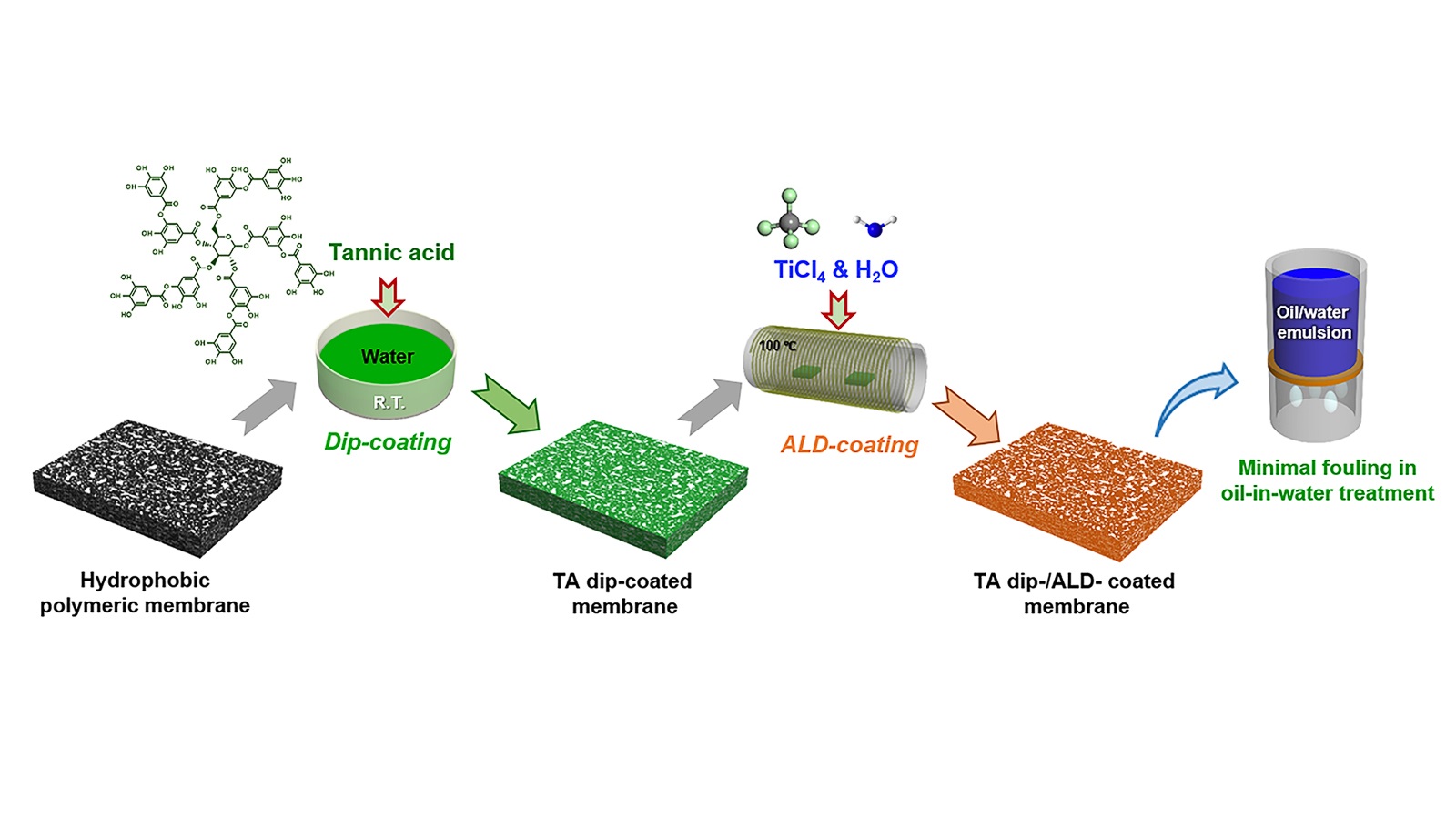
Polymer membranes could benefit from taking a dip
A new technique developed by a team including researchers from the U.S. Department of Energy (DOE)’s Argonne National Laboratory makes atomic layer deposition possible on nearly any membrane.
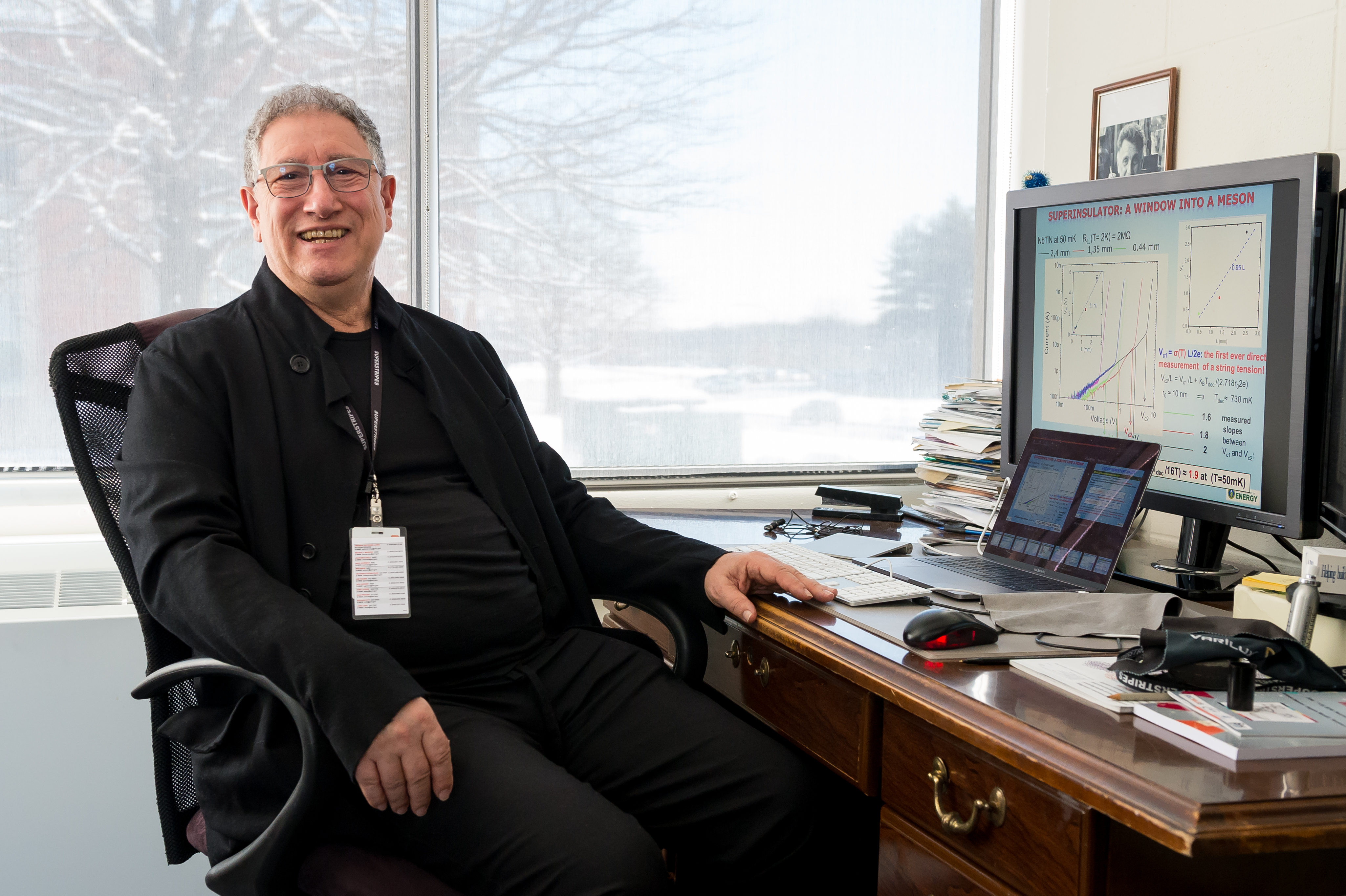
Argonne’s Valerii Vinokur awarded Fritz London Prize
Valerii Vinokur, a senior scientist and distinguished fellow at the U.S. Department of Energy’s (DOE) Argonne National Laboratory, has been awarded the Fritz London Memorial Prize for his work in condensed matter and theoretical physics.
Exploring the “dark side” of a single-crystal complex oxide thin film
A new study offers a nanoscopic view of complex oxides, which have great potential for advanced microelectronics.
Playing the angles with dramatic effect
Researchers report the most complete model to date concerning the transition from metal to insulator in correlated oxides. These oxides have fascinated scientists because of their many attractive electronic and magnetic properties.
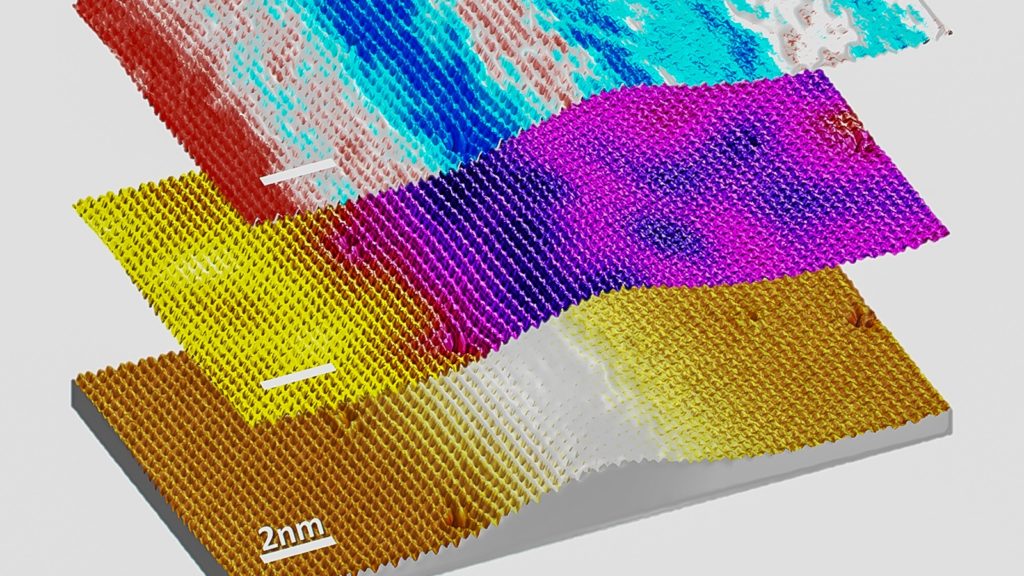
Scientists discover “ripple” in flexible material that could improve electronic properties
Argonne scientists have discovered an intriguing new behavior in a two-dimensional material at the atomic level as it is stretched and strained, like it would be in an actual flexible device.
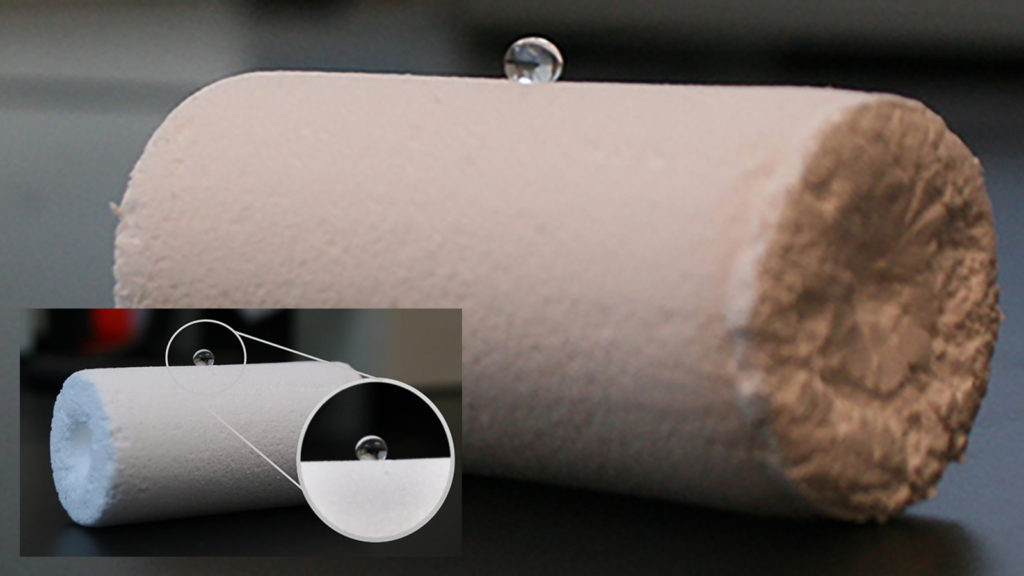
EZ Select attracts undesirables to benefit biomanufacturing
Researchers at the U.S. Department of Energy’s (DOE) Argonne National Laboratory have developed a highly selective adsorbent material called EZ Select to tackle inefficiencies in bioproduct extraction for biomanufacturing processes.

A new way to generate solar steam for cleaning water and reducing waste
At the U.S. Department of Energy’s Argonne National Laboratory, researchers are exploring affordable materials that could absorb the sunlight necessary to evaporate water and recapture it, leaving contaminants behind.